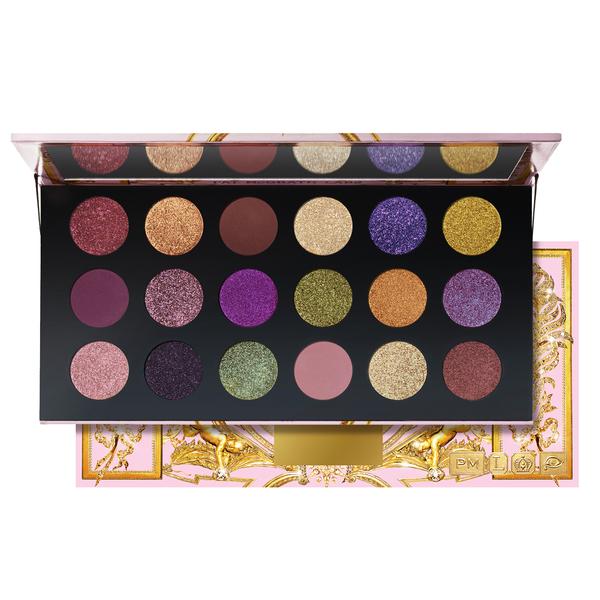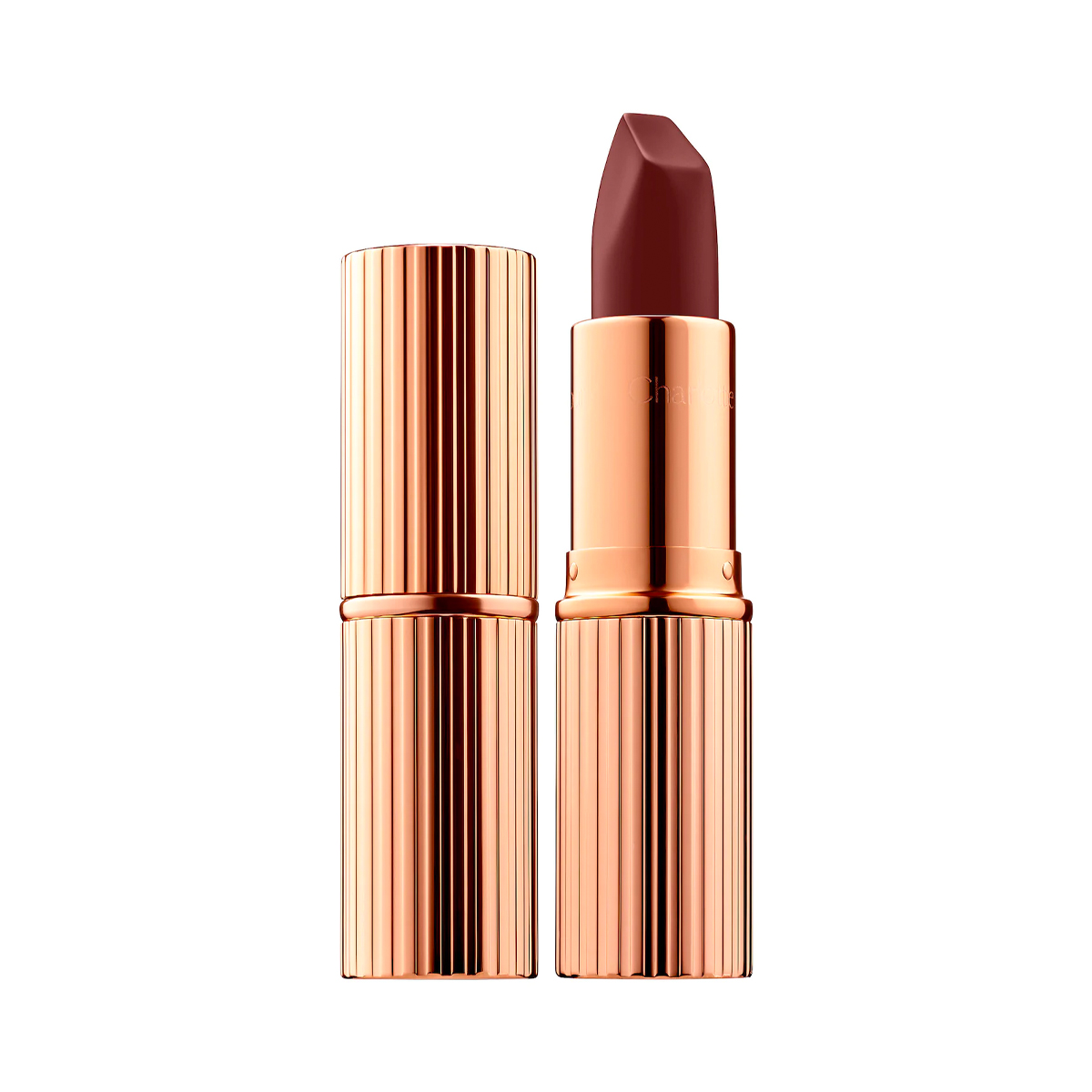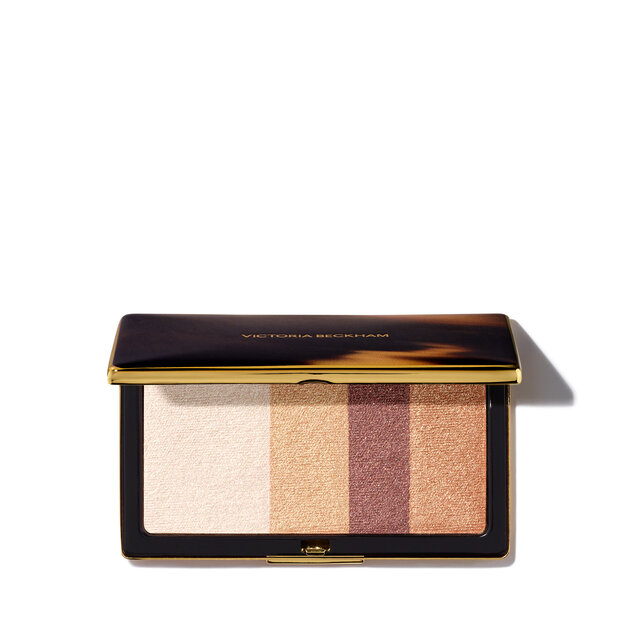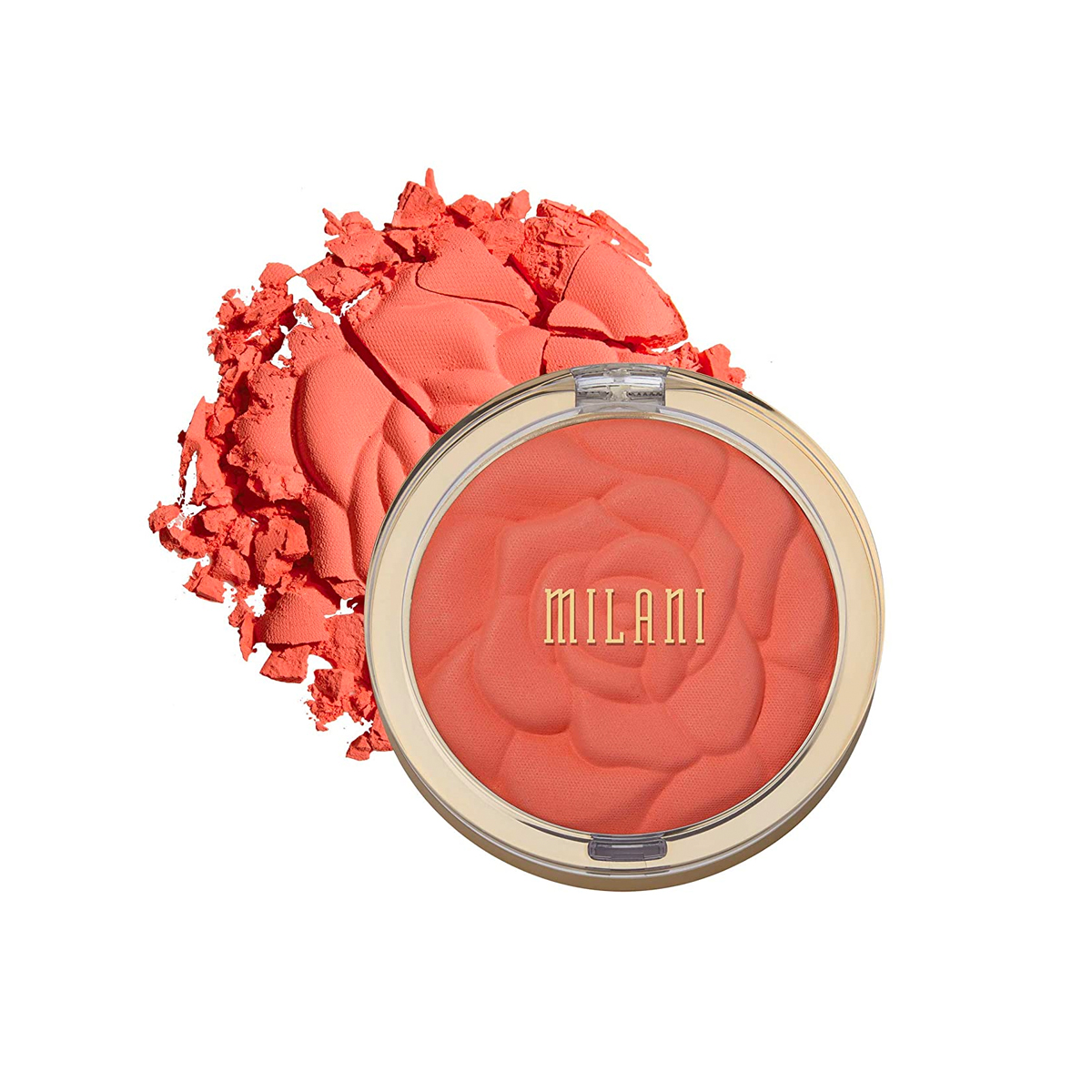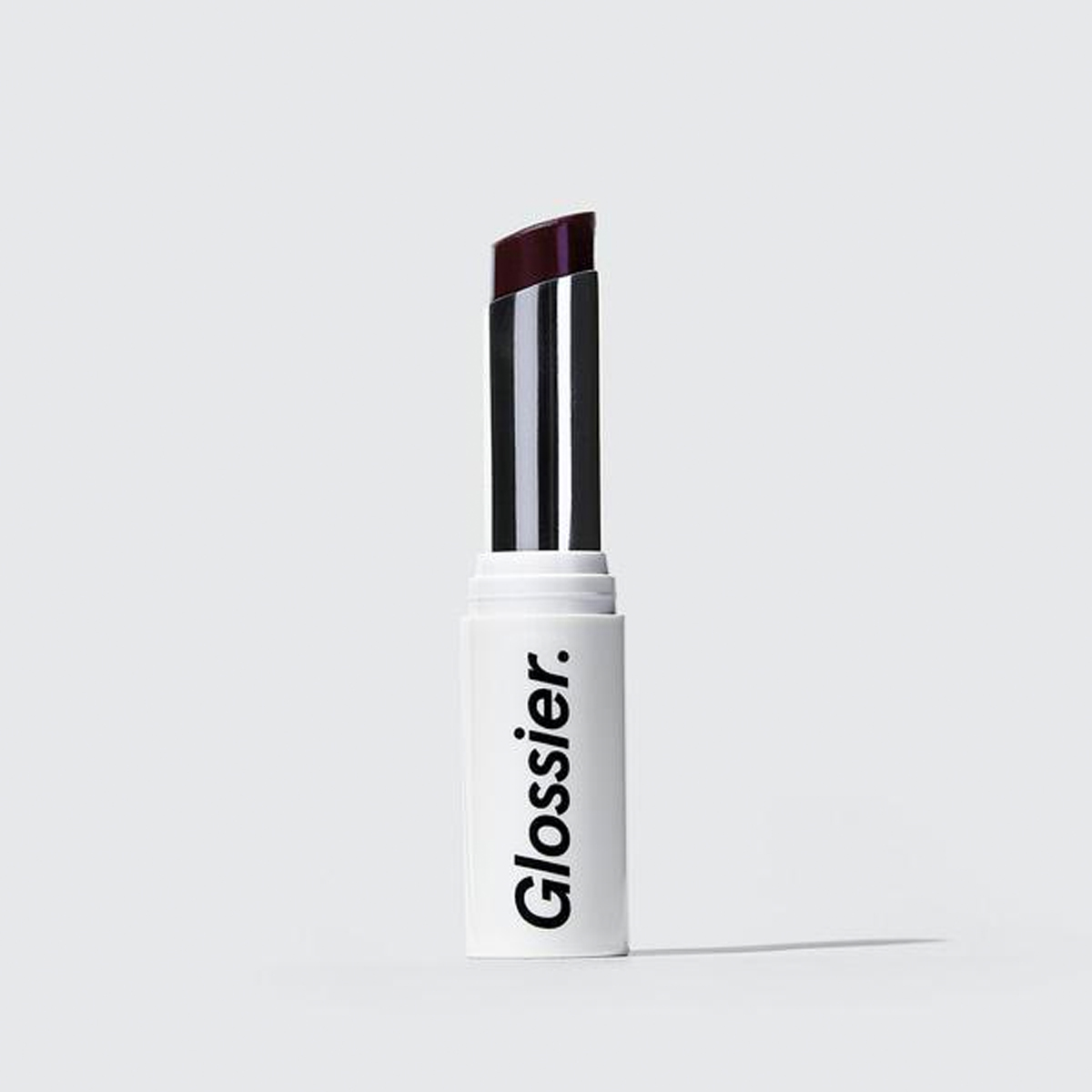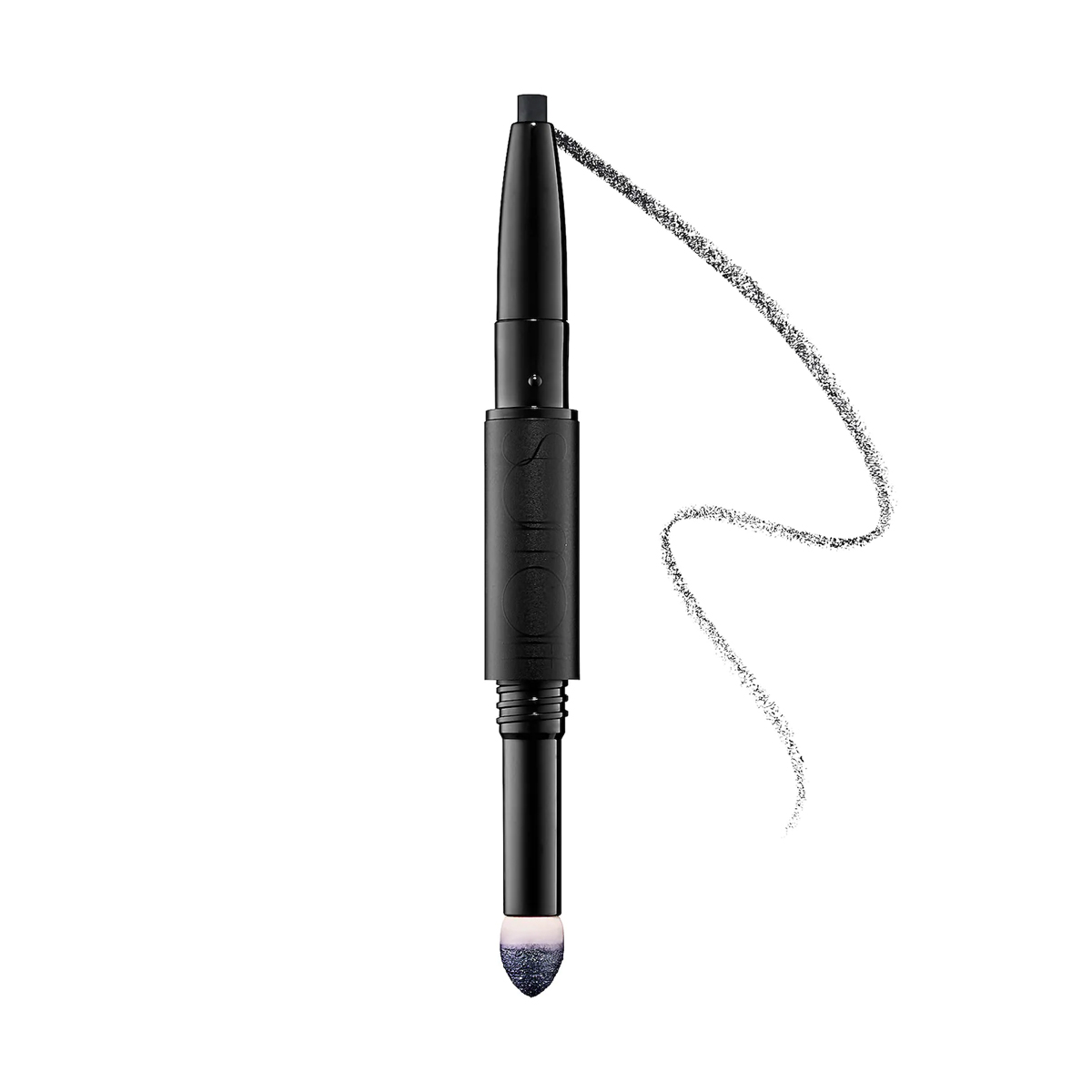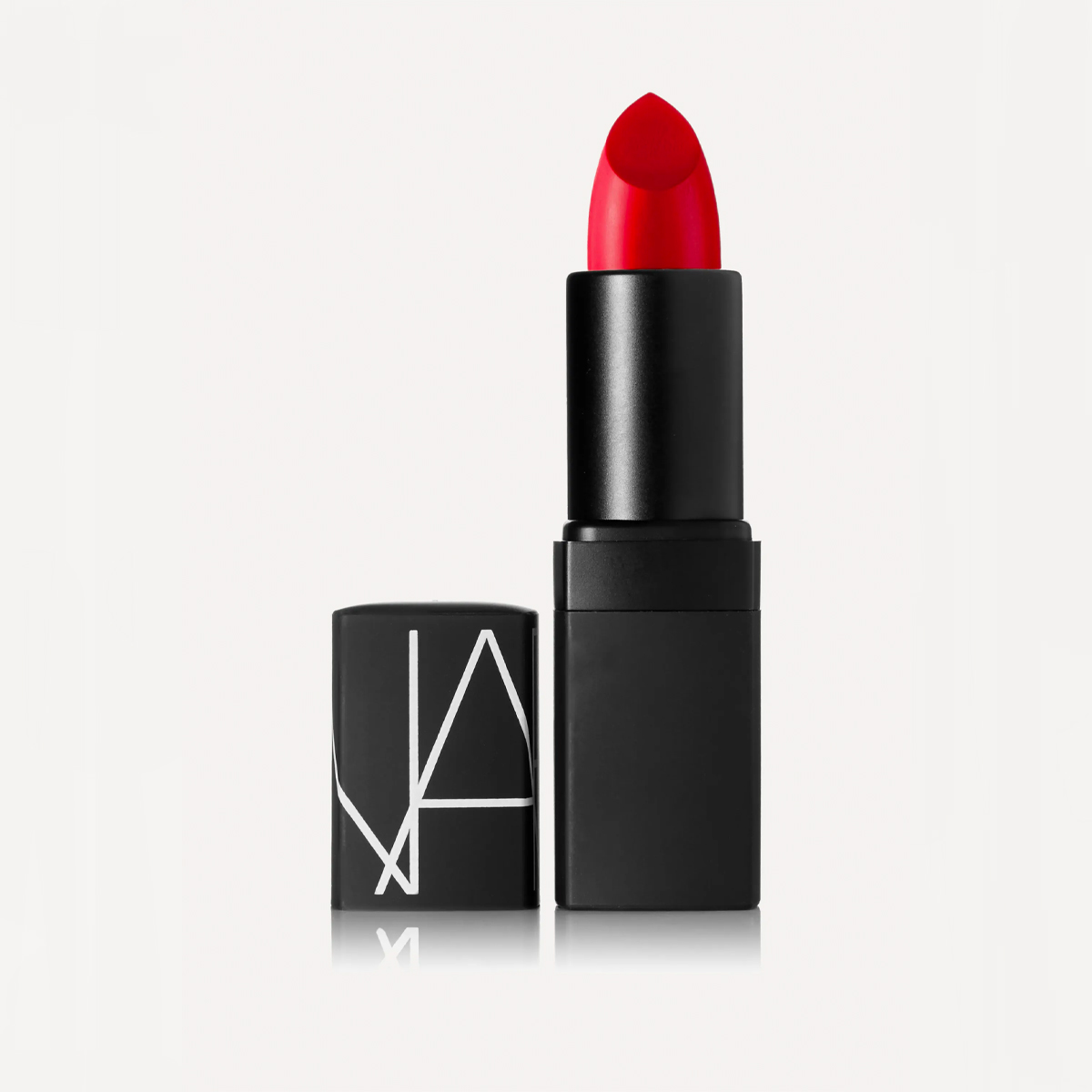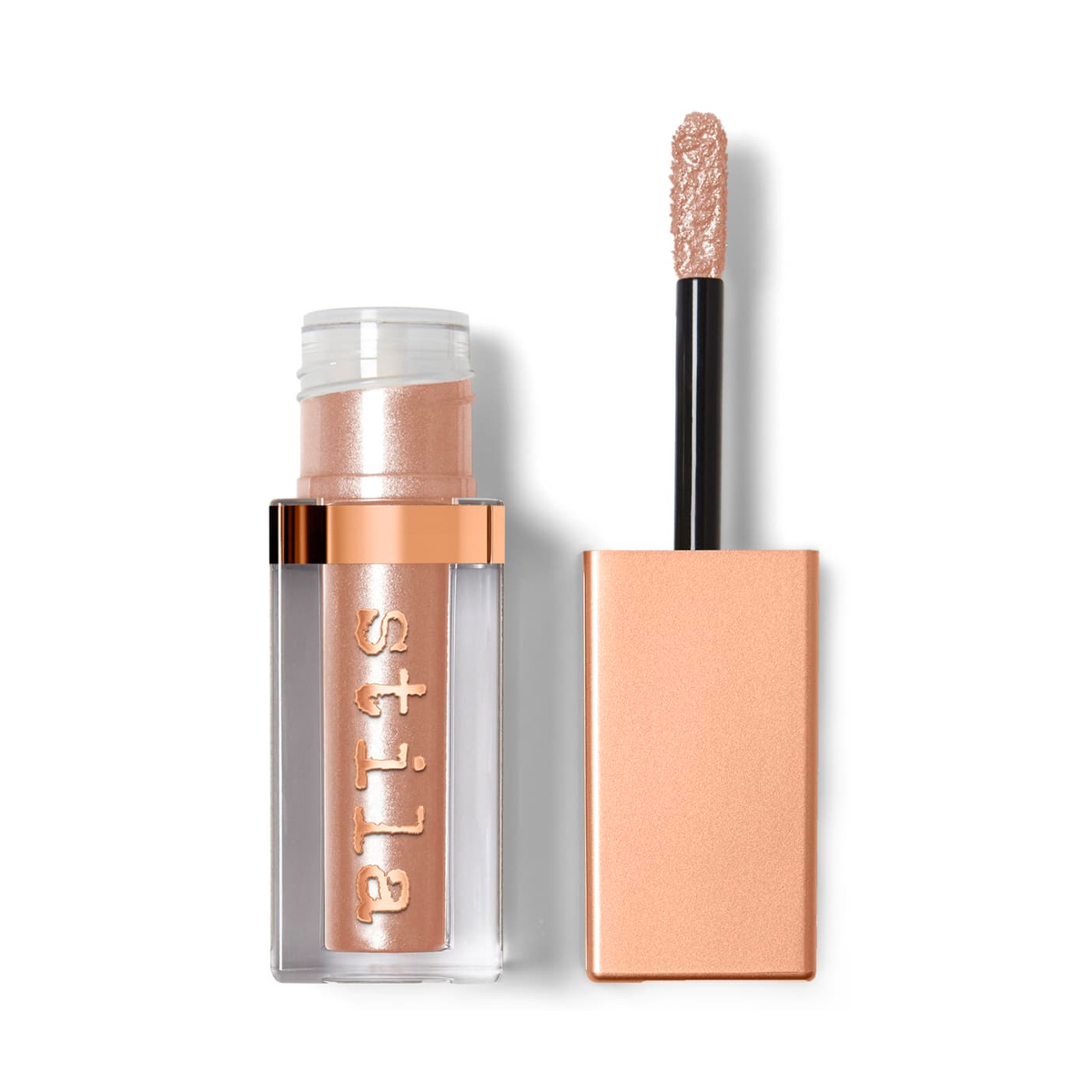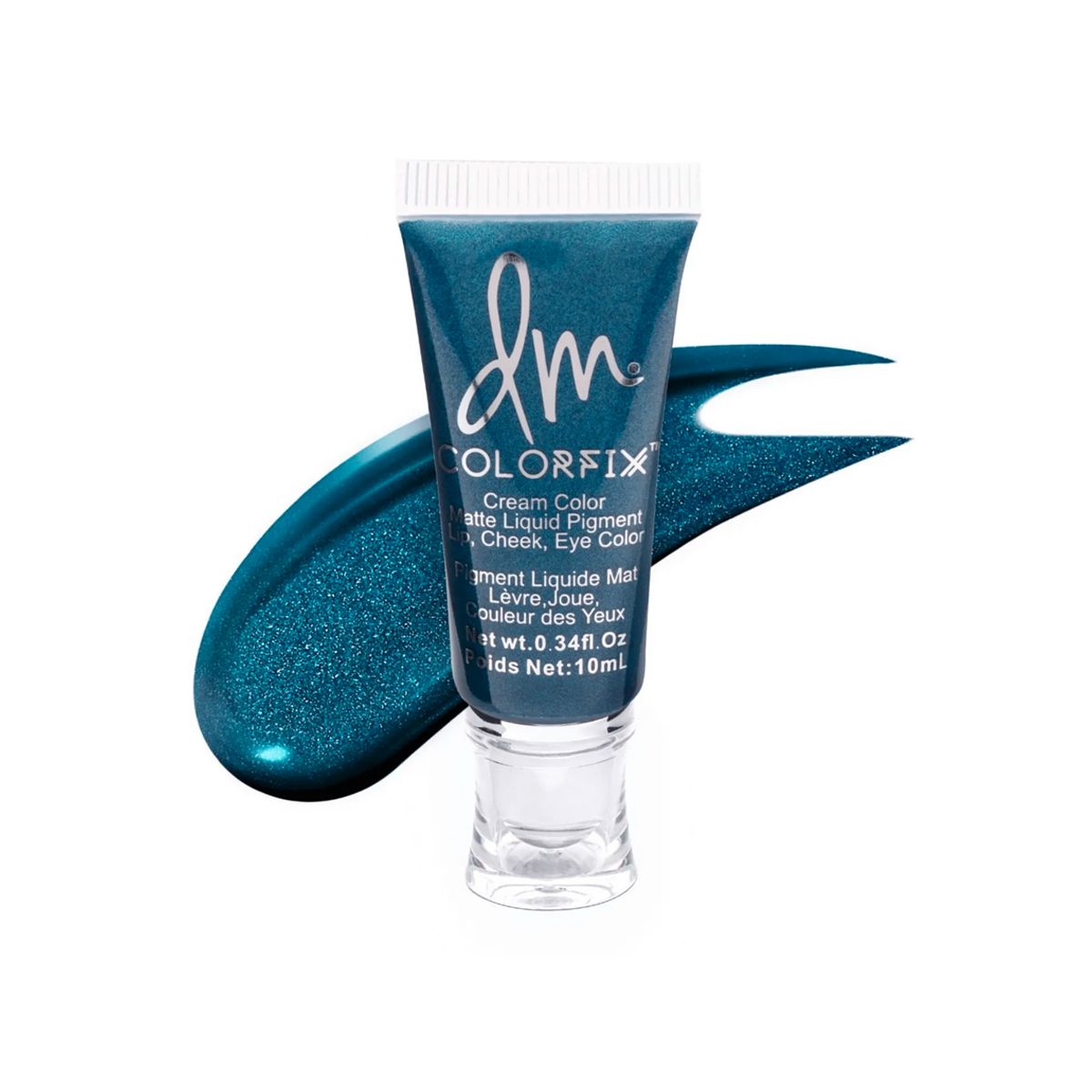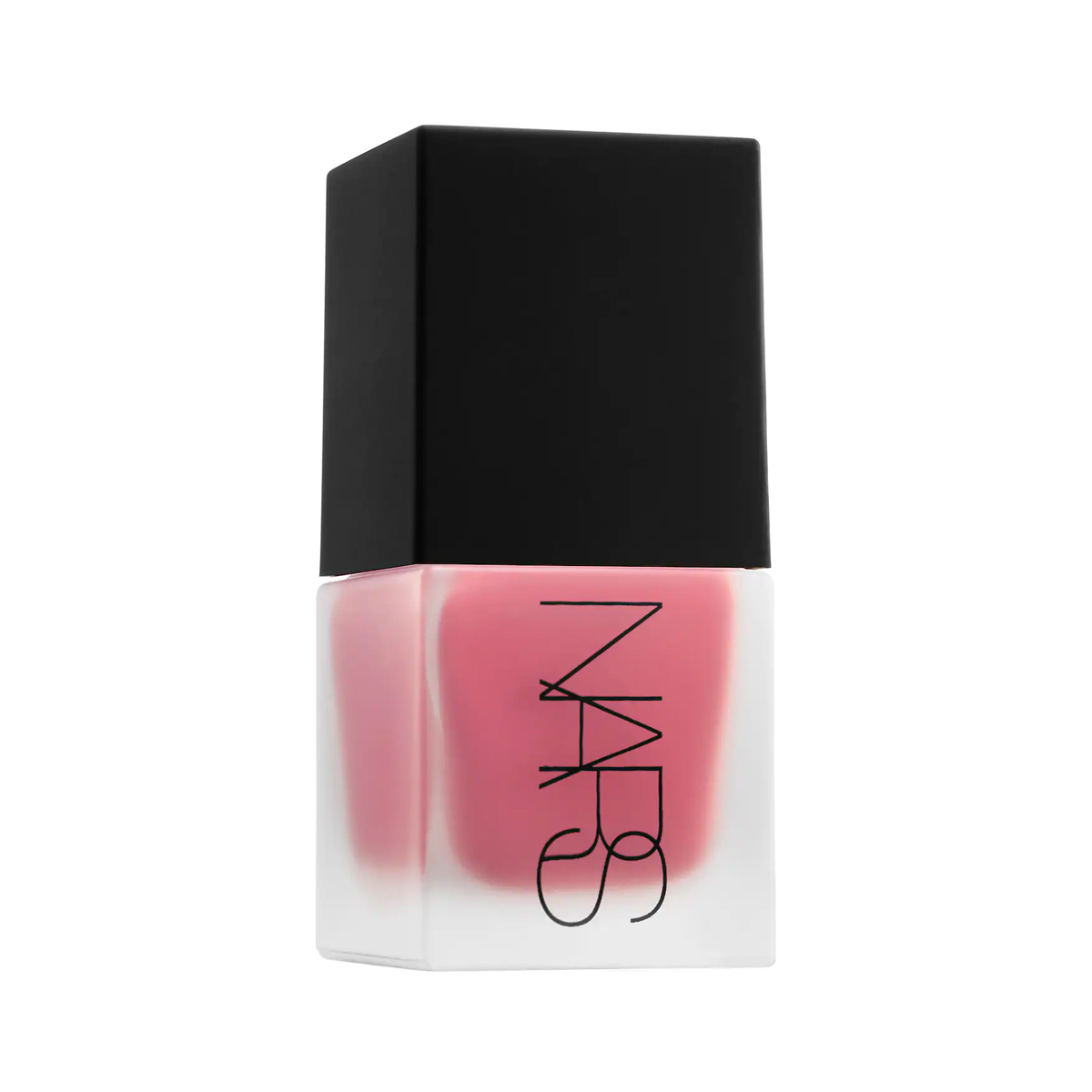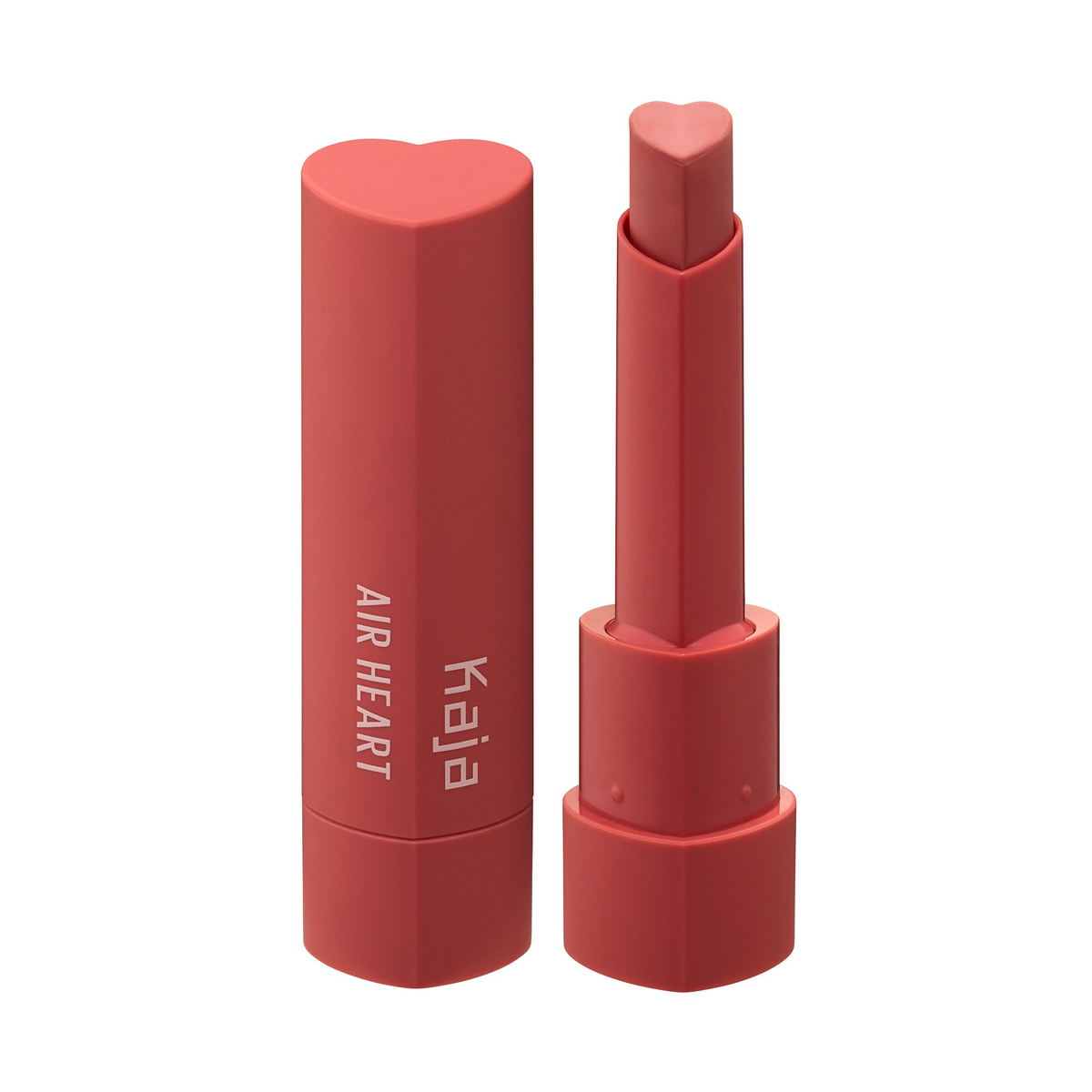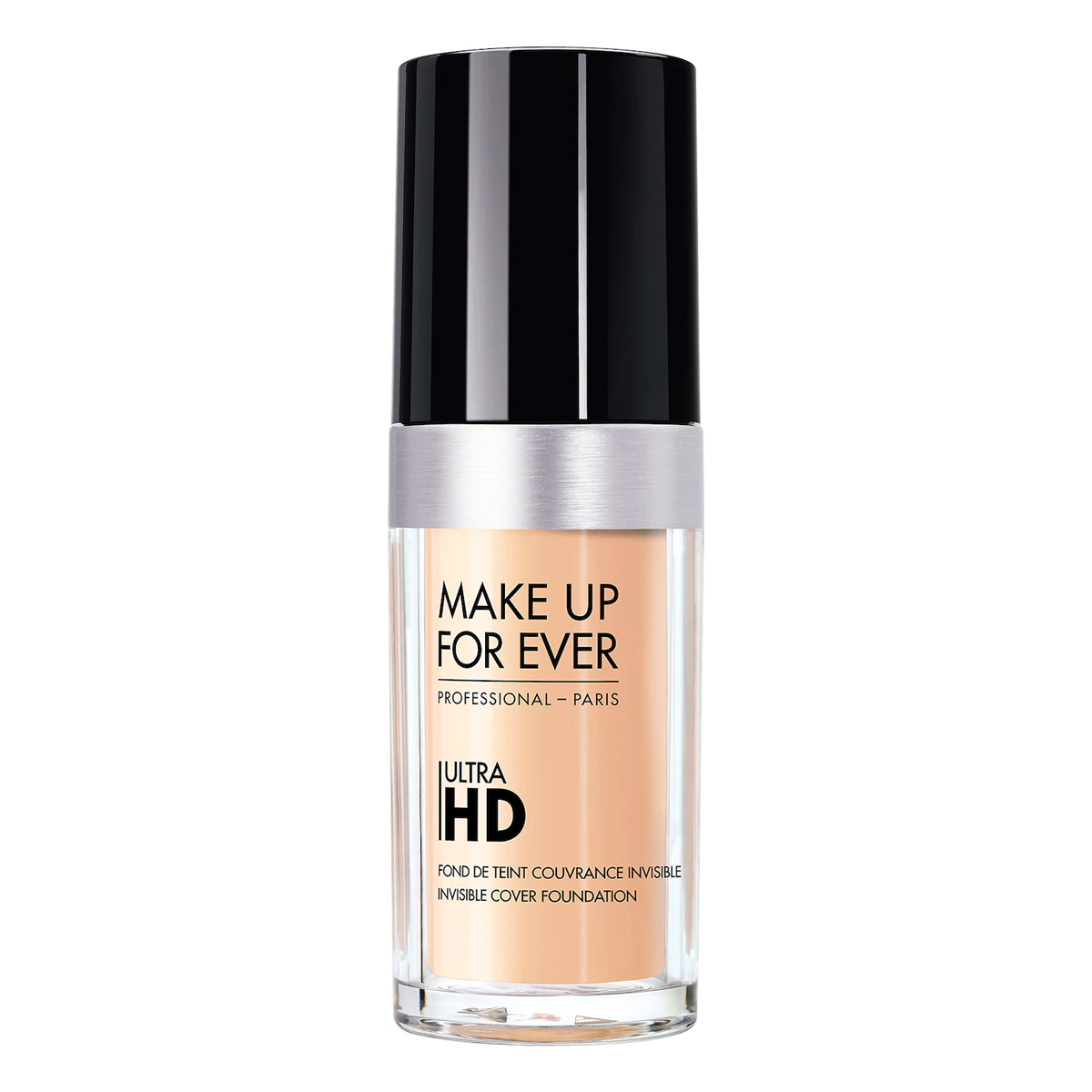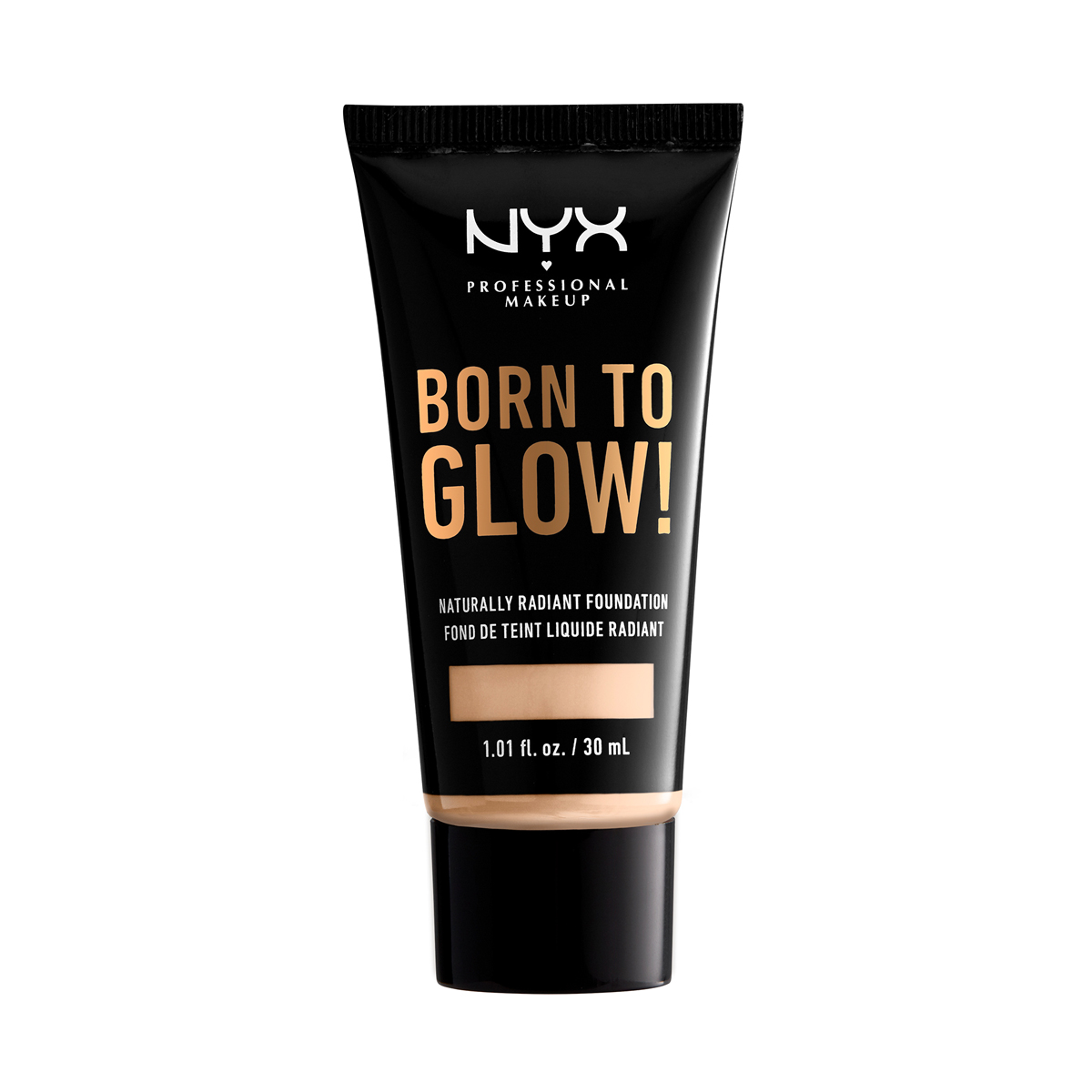This Easy Trick Helps Me Pick the Right Foundation Shade Every Damn Time
One of the best things that has happened to the makeup industry in recent years has been the standard of offering over 40 shades of foundation to choose from. This development has pushed the industry in the right direction in terms of inclusion and has opened the door for loads more people to be able to experience truly flattering makeup—rather than just the standard 12 shades that have been exclusively served for decades. And while this development is undoubtedly positive, it's also challenged everyone to become a little more educated about their skin tones to help them effectively select their perfect shades. One such piece of information that's crucial to know now is your undertone.
"Believe it or not, discovering your undertone will not only help you with understanding how to choose your makeup shades more effectively, but it will also help you design your complete beauty wardrobe," says Danessa Myricks, makeup artist and founder of Danessa Myricks Beauty. "Everything from dying your hair to choosing the most complementary outfit and accessories becomes easier when you understand your undertone." In our increasingly digital world, I've personally found that using knowledge about my undertone (I'm pretty warm) helps me to narrow down my foundation selection quickly and pick the right one without fear of a mismatch. It's like a magic token that's unlocked a secret level of makeup prowess. Here, pro makeup artists guide us through the wild world of undertones—from determining our own to learning which makeup colors are best—and even break down exactly how to use this intel to pick out the right foundation online.
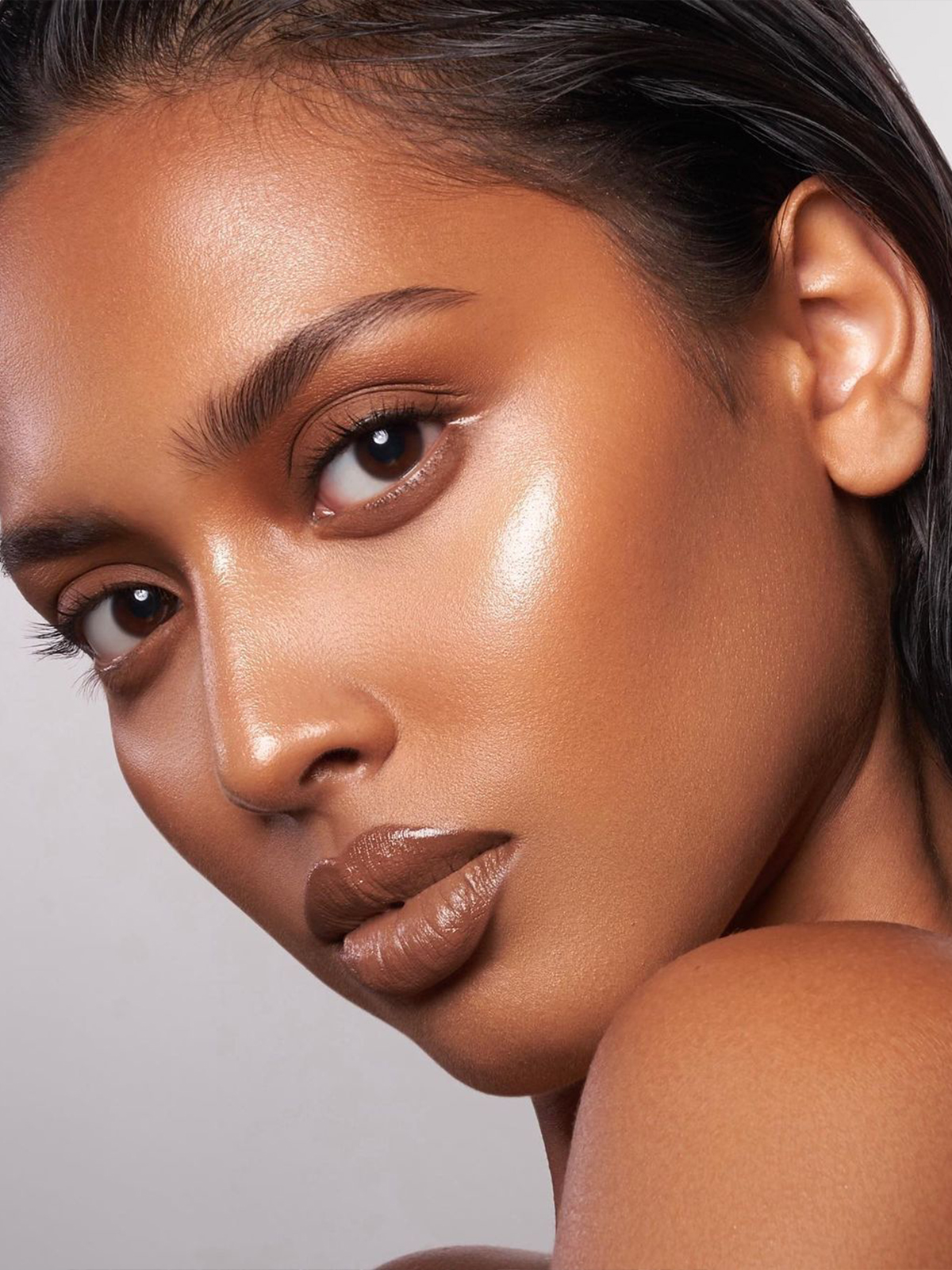
What are undertones, anyway?
To put it simply, undertones are the underlying colors that show up in a person's skin. And while identifying whether you have a deep skin tone or a fair skin tone is simple, it takes a bit more of a discerning eye to spot the undertone. "Skin undertones represent that subtle hue of color that lies beneath the surface of the skin," Myricks explains. Award-winning Broadway makeup artist Christina Tracey agrees, adding that, "Generally when you look at a face, you tend to see a little more pink, orange, yellow, or green. [Undertones] are really just the dominant overall hue of a person's skin tone."
As a rule of thumb, Myricks warns against any makeup that makes the skin look flat or dull. "As a general rule, I would recommend avoiding wearing eye, lip, and cheek tones that are the exact tone of the skin." She says this approach can be unflattering. "The key is contrast," she goes on. "Even the slightest contrast can be a beautiful complement. The more you dial up the contrast, the more dramatic the color impact would be and the more life will be brought to your skin tone." But don't worry. We've got more for you than vague notions. Ahead, you'll learn about all the undertones as well as tips for playing up each one.
Types of Undertones
Warm
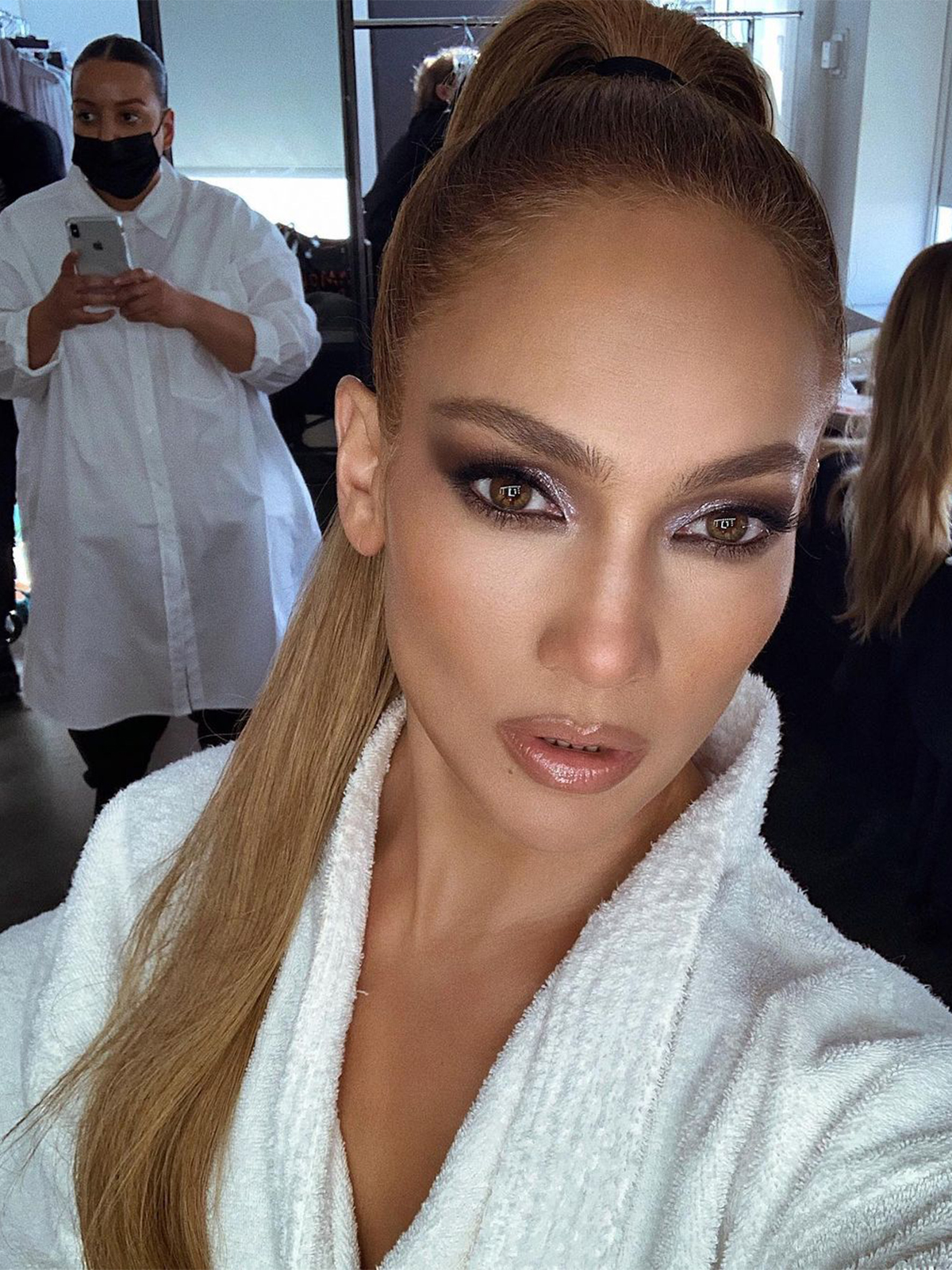
Warm undertones have hints of yellow, peach, and gold. Myricks says that, although skin tones all over the spectrum can read warm, medium complexions, including olive skin, are almost always on the warm side. "Olive complexions tend to have more yellow undertones," she says. If this sounds like you, she recommends reaching for makeup that's purple, any shade of green from emerald to lime, orangey tones, and bright red and cherry tones. "Fair skin with warmer undertones looks wonderful with any shade of brown. Navy and gray tones also look beautiful," she adds. And for everyone with warm undertones, especially darker skin tones, soft gold, bronze, and copper colors will look divine.
Complementary makeup to try:
Cool
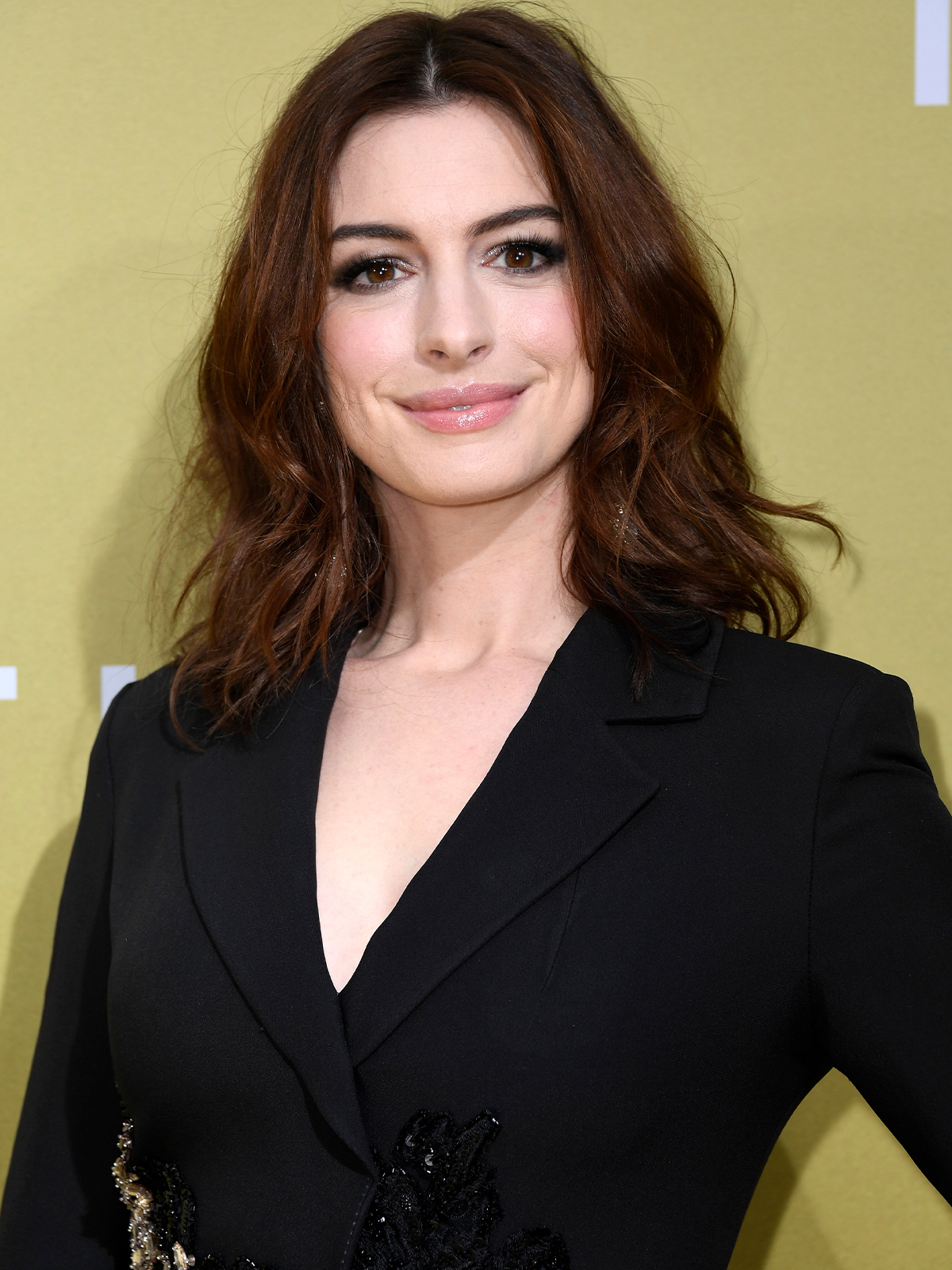
Cool undertones feel more pink, red, or blue. As Tracey points out, someone's undertones probably won't always express very obviously in the skin. "If someone has a pink undertone, it doesn't necessarily mean that they look pink. It just means that their skin will look good with lipsticks and makeup of a certain color." Myricks likes deeper shades for cool skin tones. "Very fair skin with cooler undertones looks yummy in tones from the berry family, like deep reds and strawberry tones, rich raspberry tones, and deep purple, blueberry, or boysenberry tones. When wearing metallics, jewel tones and gold can also look beautiful." Tracey says that if your undertone is cool, you can pull off a red lip, no matter your skin tone. She warns against any shade of gray if your skin is on the deeper side since this will tone the skin way down and could leave it looking ashy or lifeless.
Complementary makeup to try:
Neutral
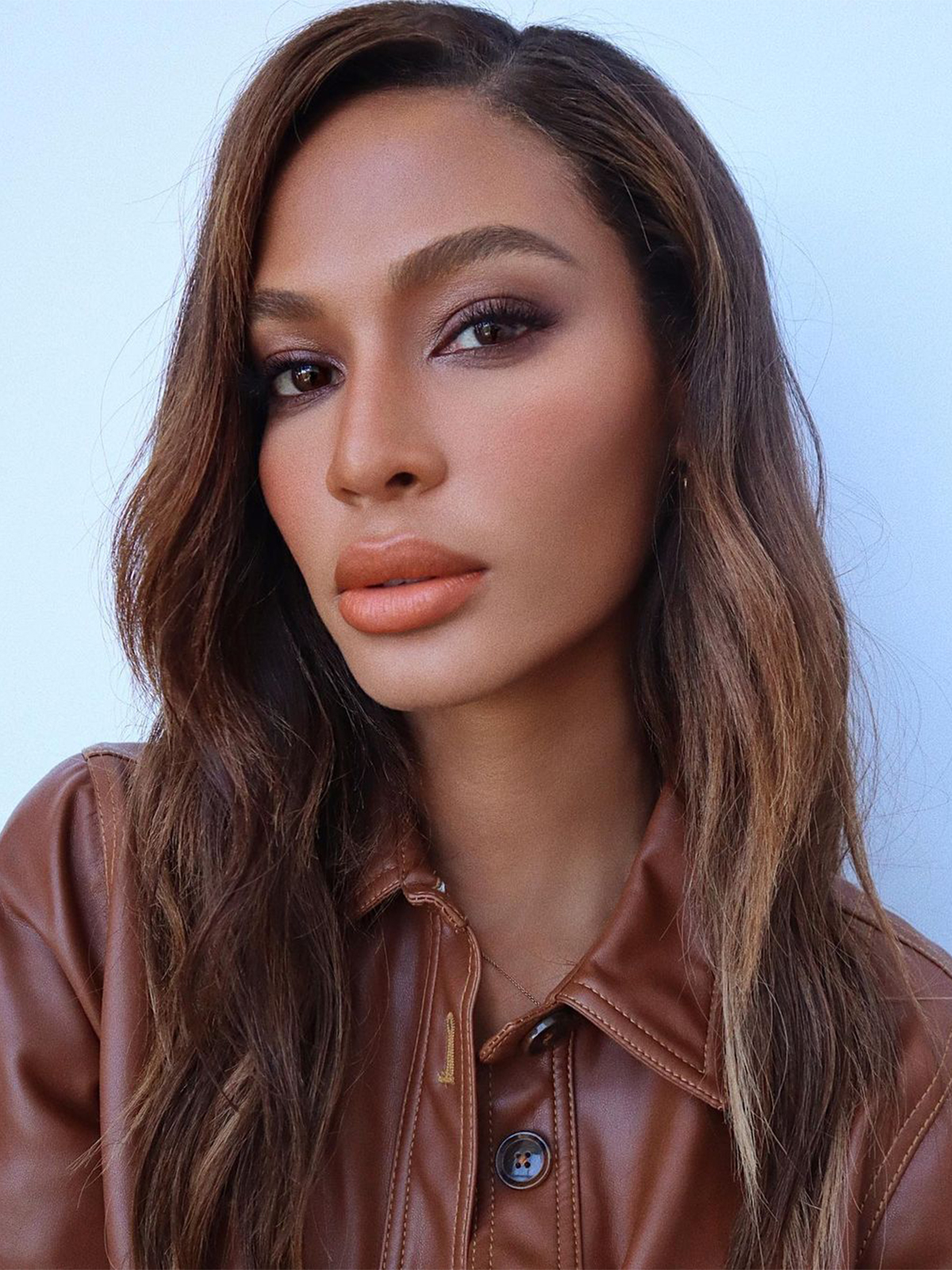
Neutral undertones will have a combination of cool and warm tones in them and will have no obvious hue to the skin outside of the natural skin color. "You can kind of get away with anything," Tracey says. She loves shimmery gold colors for eyes and lips and fresh, lively colors for the cheeks. Myricks adds that deeper neutral skin tones can be complemented by all sorts of makeup. "Much like those with medium skin, when it comes to finding colors that suit you, those with darker skin have won the genetic lottery and can try their hand at pretty much any hue without much need for trepidation." She recommends jewel tones to emphasize the rich tone of deep skin, no matter the shade. Think jade green and cobalt blue.
Complementary makeup to try:
How to Determine Your Skin's Undertone
Now that you know everything about picking out makeup to match every undertone, it's time to determine your own. Myricks says there are a few different methods but calls out three as the most effective.
Method #1: The Vein Test
Myricks says this is the most widely used method for determining undertone. "Under good lighting, review the veins in your wrist and inside of the arm. If your veins appear greener or olive, you have a warm undertone. If your veins appear more blue or purple, you are probably cool. If you find it hard to determine whether your veins are blueish or greenish, you are likely neutral."
Method #2: The Jewelry Test
According to Myricks, you can also dip into your jewelry box to help identify your undertone. "Warmer undertones will look amazing in gold jewelry. Cool skin tones tend to pop in silver jewelry. Both gold and silver jewelry will look great on neutral undertones."
Method #3: The Sun Test
Another well-known method for determining your undertone is considering your skin's reaction to the sun. Those who burn easily can almost be certain that they've got cool undertones. Those who don't burn, but rather tan, most likely have warm undertones. And if your skin sometimes burns and sometimes tans in the sun, neutral undertones are probably what you have.
Picking the Right Foundation for Your Undertone
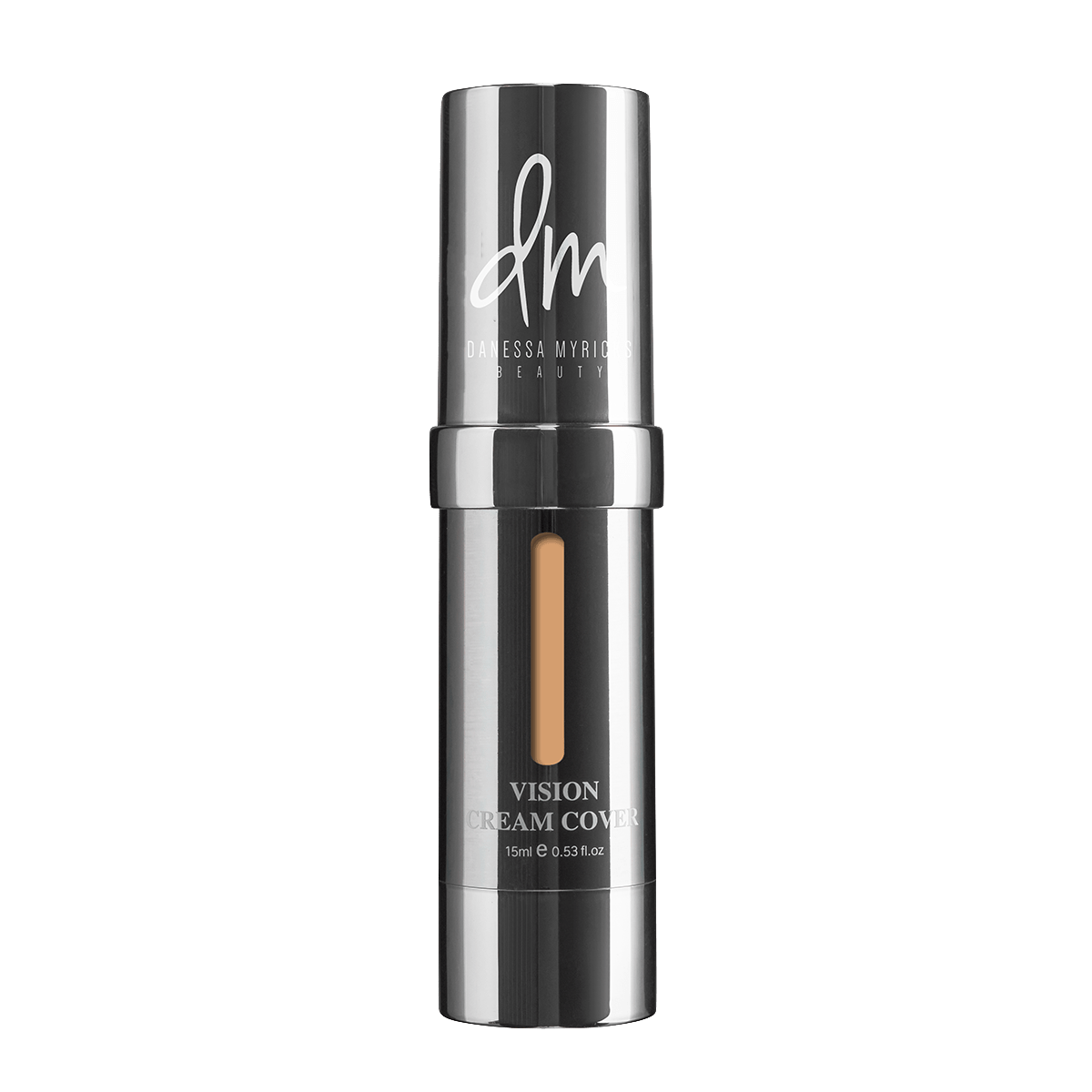
According to Myricks, undertones have become a universal language and are the most effective piece of information to use in selecting the right foundation. "Most brands will categorize their shades using warm, neutral, and cool. Identifying your undertone makes shopping your shade much easier." The Vision Cream Cover from her eponymous cosmetics line is super easy to shop for this reason. "It’s a two-in-one formula that acts as both your foundation and concealer," she says. "It offers the most natural, flawless coverage with just the tiniest drop! It's also super unique in that you can create everything from no-makeup makeup looks to full-coverage glam using the same innovative formula." It's also vegan and cruelty-, paraben-, talc-, and gluten-free.
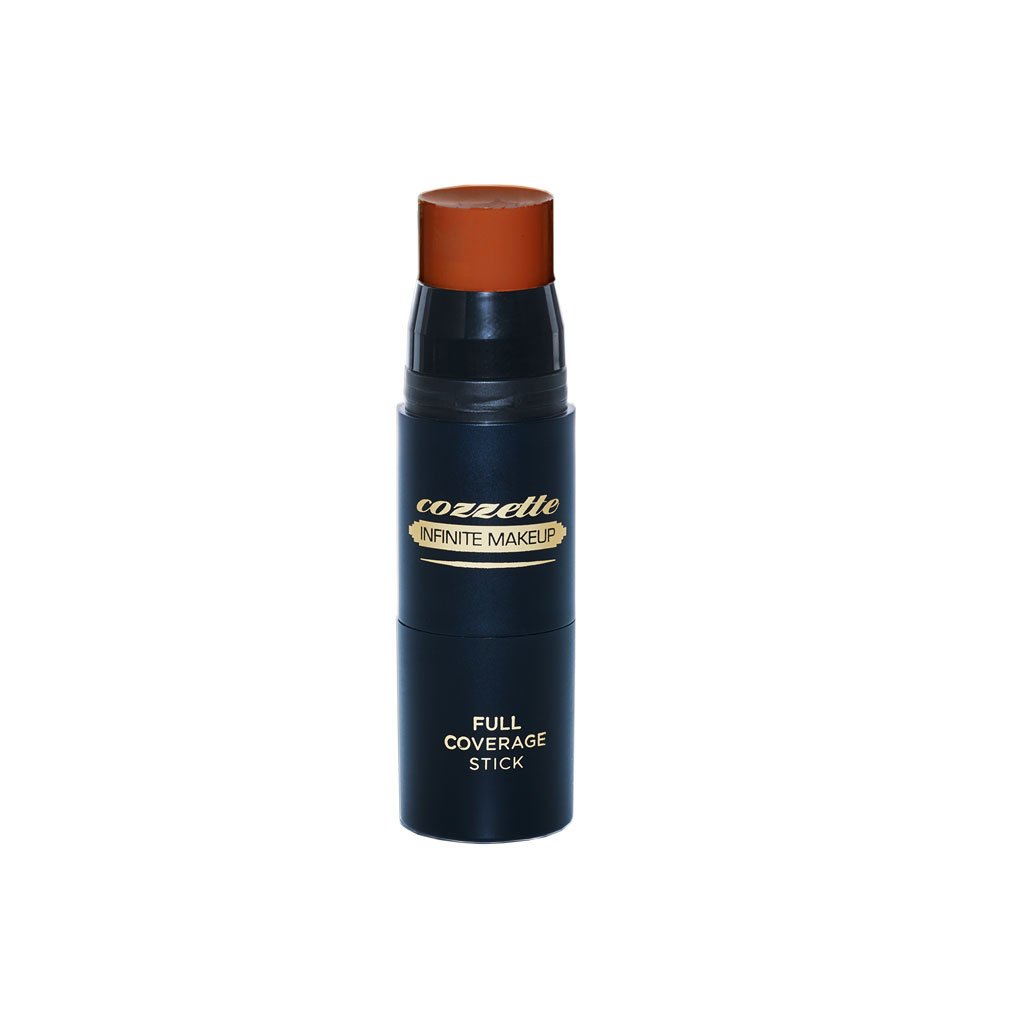
Myricks also says that shopping makeup artist developed brands will turn up excellent results in terms of color matching. "Cozzette Beauty has a beautiful medium to full coverage foundation with a shade range developed with an artist's eye," she says.
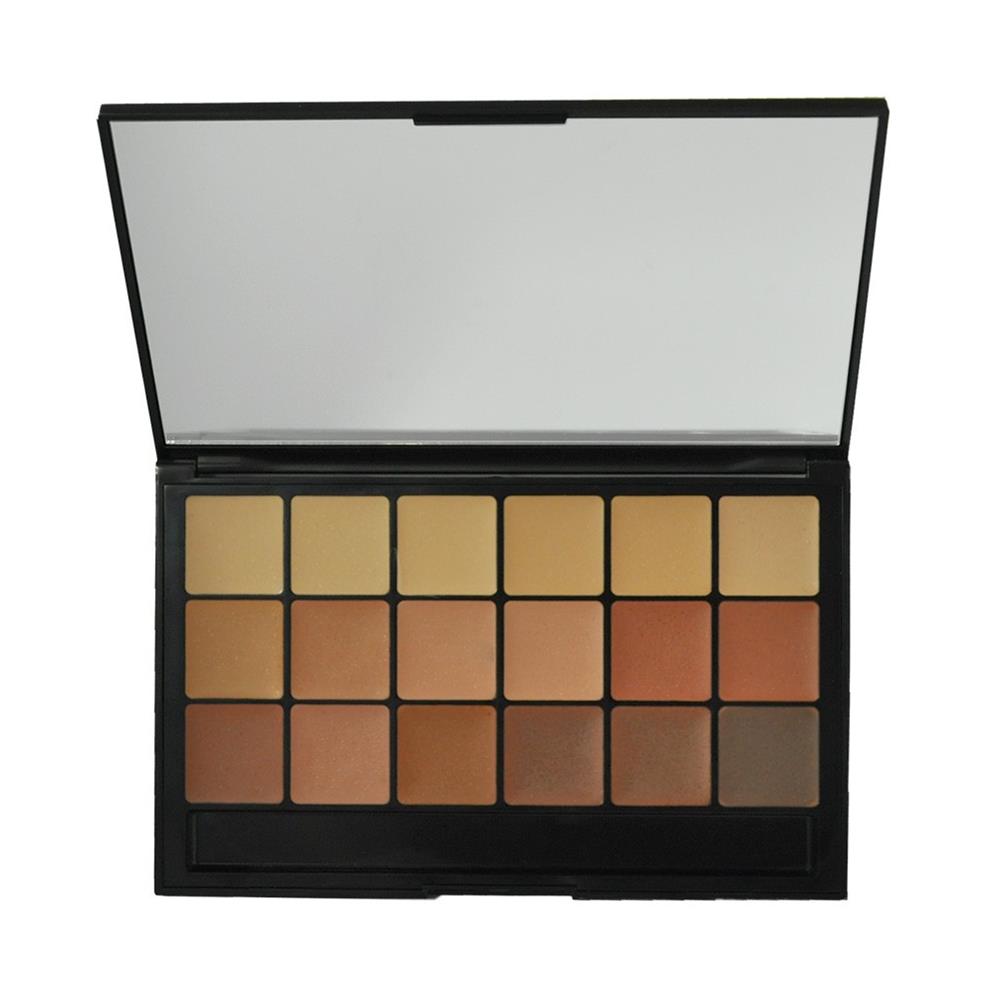
Tracey agrees that artist-developed makeup that the pros use will yield superior results in terms of performance and shade matching. She also reminds us that the face isn't the only skin to consider when picking a shade. "When thinking about undertones, you want to match the face to the décolletage. Whatever you create on the face, you want it to work with the chest." This pro palette from RCMA Makeup allows you to mix and match to fine-tune your foundation coverage to any skin tone. "It's so versatile and easy to touch up. After you apply it, you can easily fix it throughout the day to keep it looking flawless."
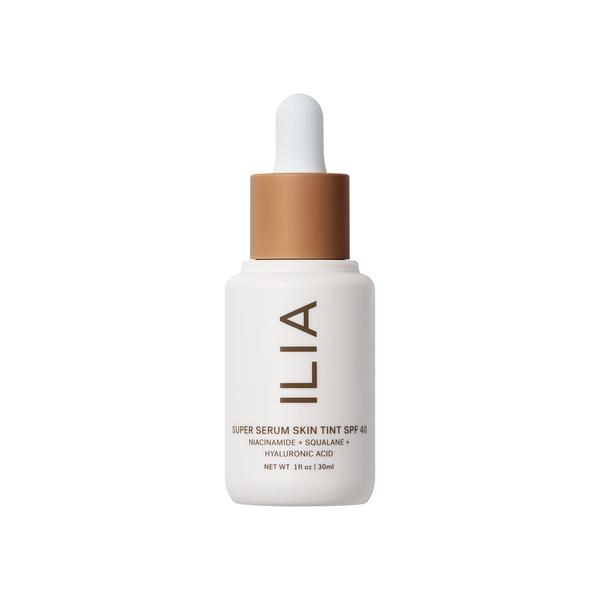
Speaking of foundation that just looks like skin, Myricks points out that sheer-coverage formulas can be more forgiving if you happen to choose a shade that's slightly off. "Balmy textures and tints are more forgiving, as they allow your natural skin to show through. Fuller coverage will be less forgiving, and a closer match is necessary." This lightweight serum is perfectly sheer, providing more of a blurring, filtered effect than a super-perfect or cakey-looking face beat.
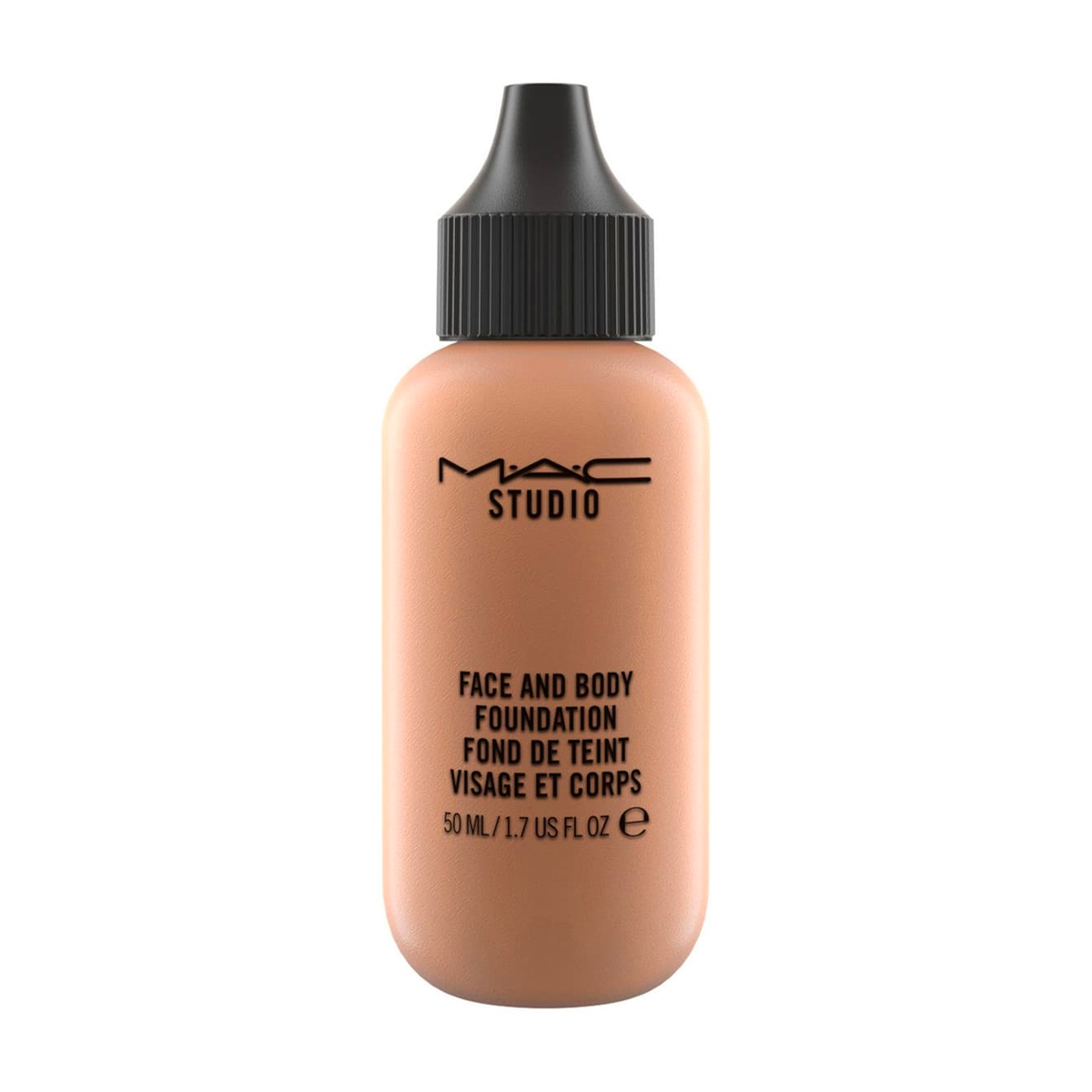
Here's another artist-approved formula that's lightweight enough to offer a bit of wiggle room in the event that you don't get the shade matching exactly right. It's been spotted in countless makeup kits for years, which is how you know it's a solid choice. Plus, finding your shade in any MAC offering is made so easy by its naming mechanics.
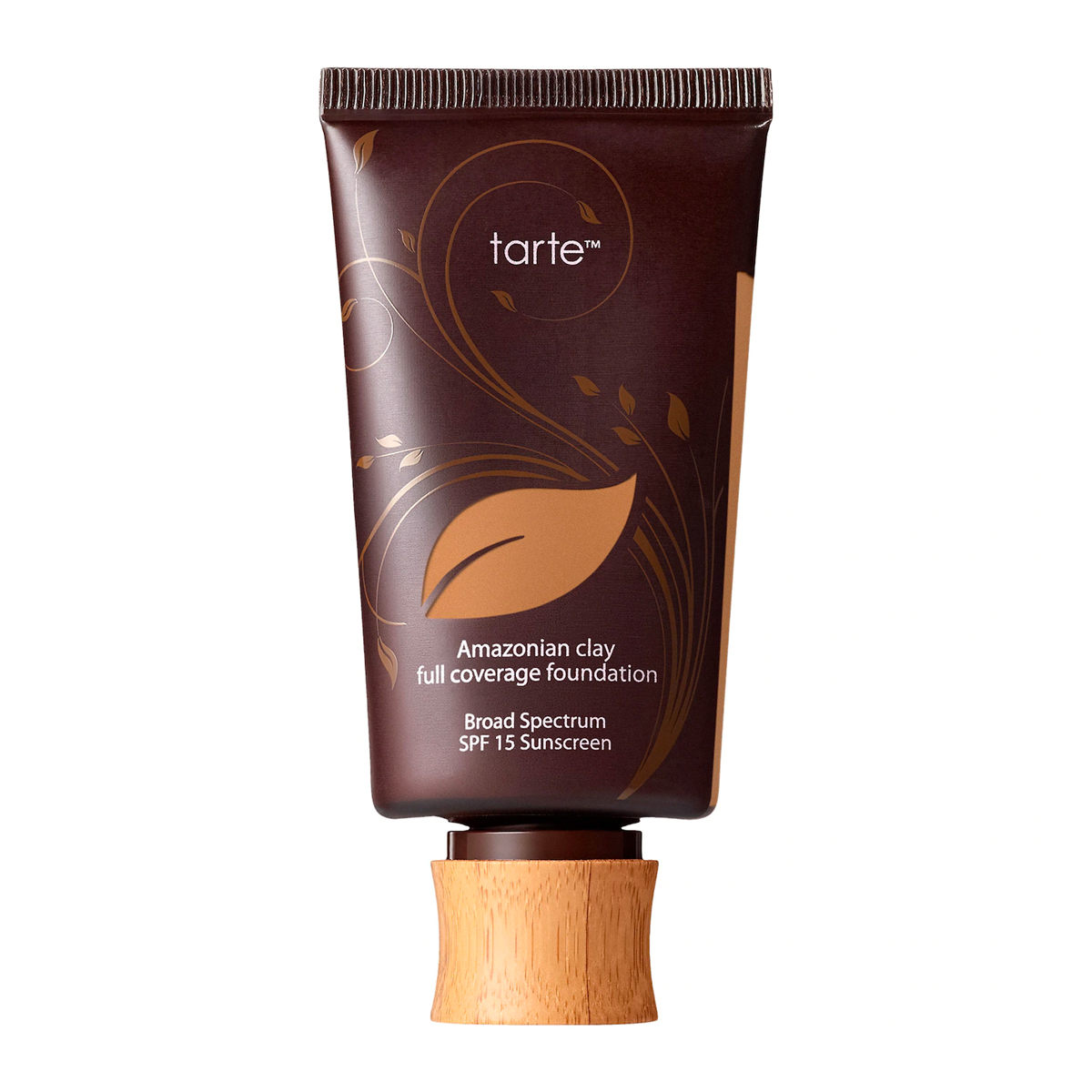
Another tip for finding your perfect shade in an online setting? Stalk the reviews! "You can easily find countless reviews for just about every brand online," Myricks says. "Use YouTube reviews and customer reviews on larger beauty shopping spaces like Sephora and Beautylish to hear what customers are saying about shade and product performance." This full-coverage option by Tarte is mega-popular, meaning there's a ton of feedback about it online. You'll easily be able to locate reviews and videos to further assist in making your shade selection.
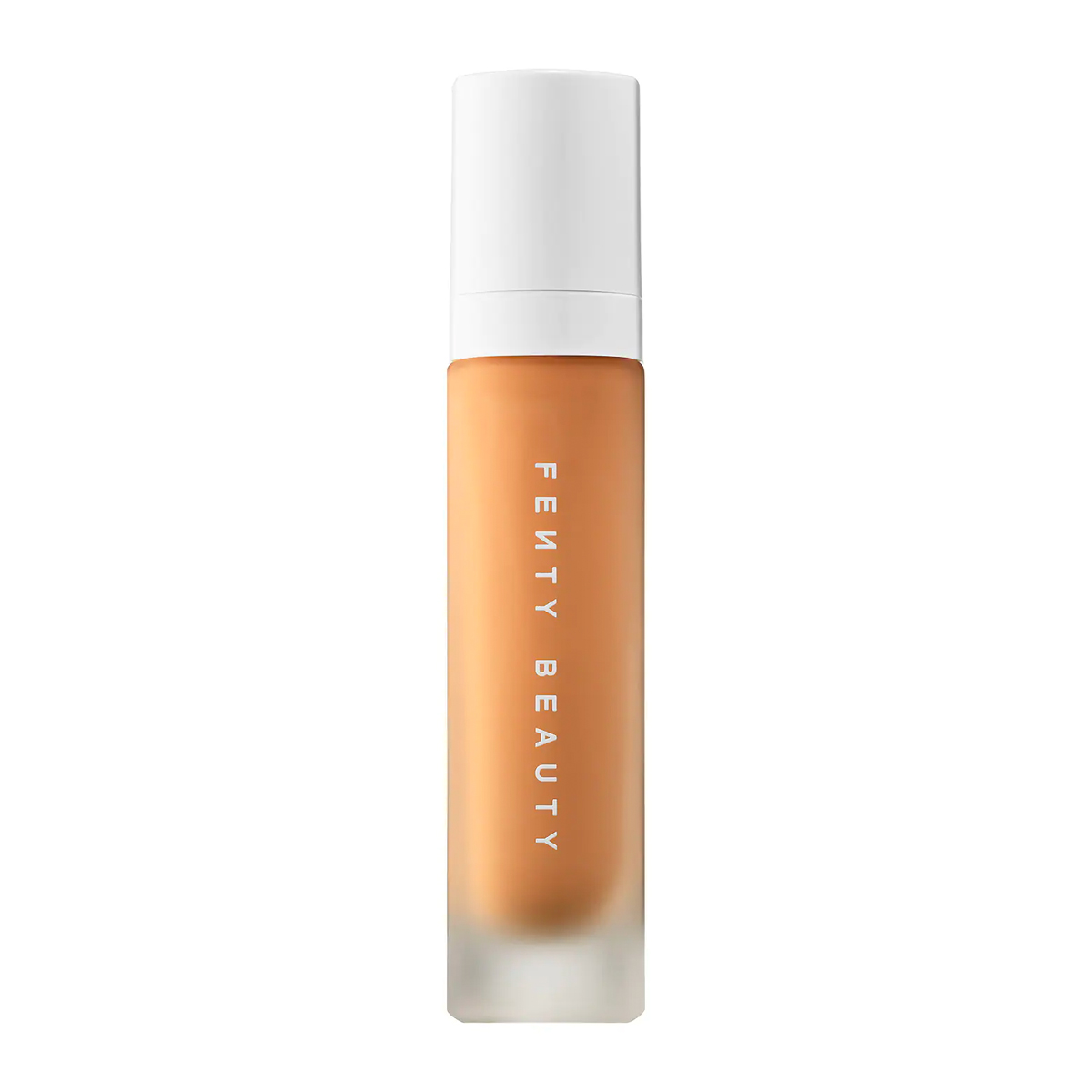
We can thank Fenty for solidifying the standard of offering 40-plus shades in a foundation range. The more shades, the more likely everyone is to be able to find a perfect match. Plus, each shade has in-depth descriptions that include skin tone and undertone, so making the perfect selection is super easy.
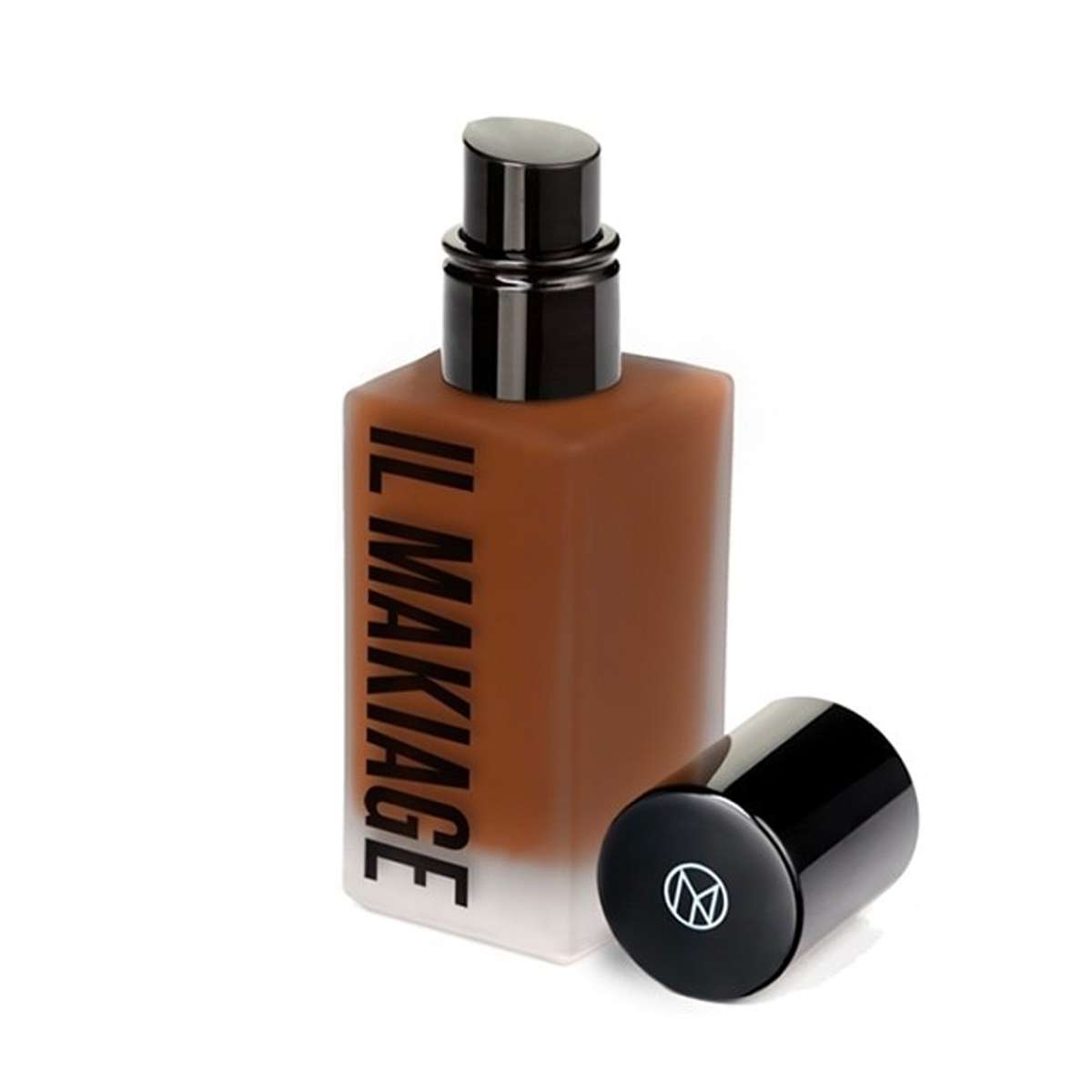
Myricks says that technology is advancing to the point that virtual makeup try-ons are more prevalent than ever. It's a service available on her own website, and many retailers are beginning to offer the option as well. Brands like Il Makiage also offer in-depth questionnaires that steer you toward the perfect match.
Up next, We Think These Are the Best Highlighters Ever and Have the Pics to Prove It
Courtney Higgs is a Cancer sun, Libra rising beauty enthusiast with six years of experience in the editorial space. She was previouslyBest Knockoff Luxury Clothing 's associate beauty editor after spending many years working at InStyle Magazine. She graduated from California State University, Northridge, with a BA in communication studies and pivoted to editorial after spending her college years working in the legal field. Her beauty philosophy is simple: She believes there are no wrong answers and that discovering our favorite beauty products and rituals is a journey, not a sprint. When she's not geeking out over products, she can be found adventuring around L.A. with her fiancé; watching reality TV with their French bulldog, Bernie Mac; or relating way too hard to astrology memes.
